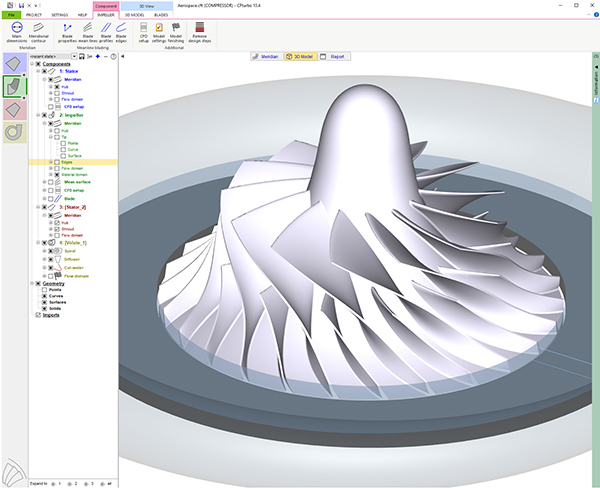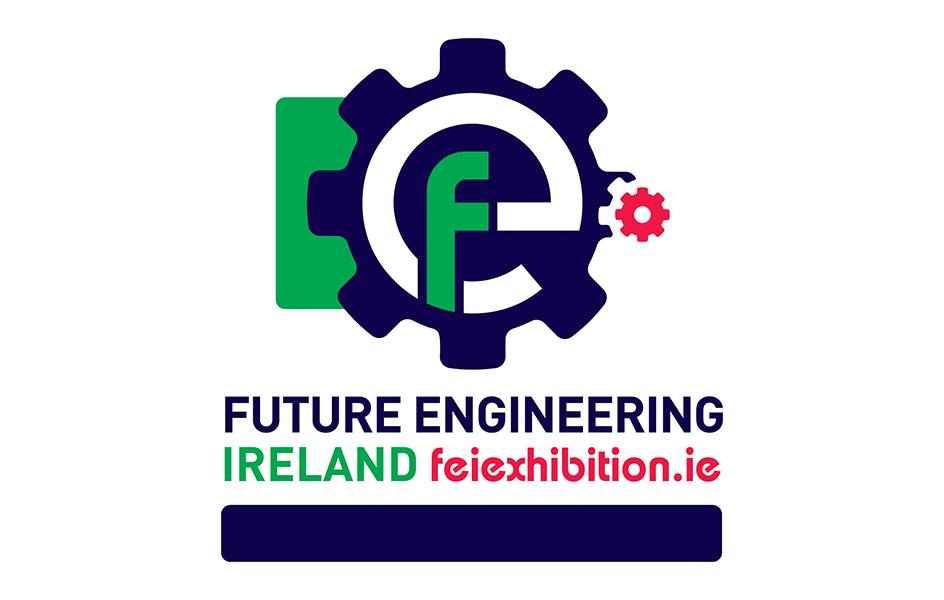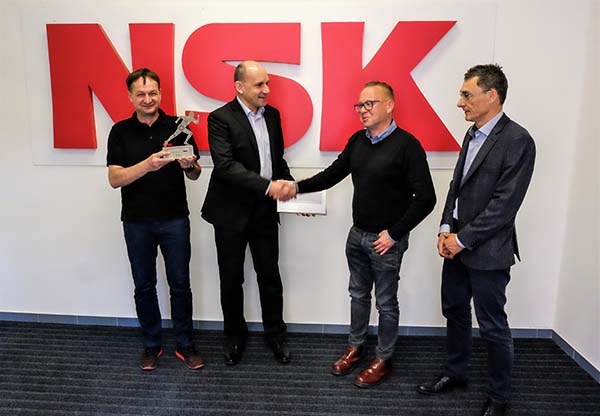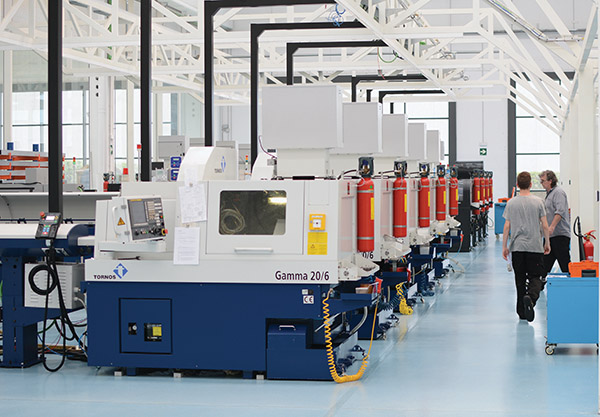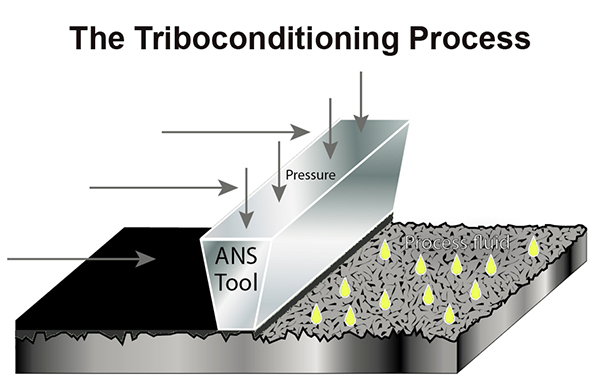In Catalonia, Terrats Medical has gradually grown and developed a workshop that can produce the most surprising workpieces on an automatic lathe.

Today, the company that was founded by the family grandfather, is managed by three brothers: Roger Terrats (sales manager and COO), Jordi Terrats (CEO and production manager) and Ramon Terrats (technical office manager).
Before it advanced to become a key player in the dental sector, the company focused on job order production and the manufacture of connector parts. Since these sectors are extremely cyclical, the company decided to turn to a project that dealt with a new product distributed under the brand DESS, which specialises in the production of medical and dental parts. While searching for a partner for this new adventure, the company soon opted for Tornos. Why? Well, because Tornos and its machines have earned an enviable reputation in the implant market.
“Our business started with Tornos Deco machines,” states Roger Terrats. “They are really excellent machines, quite apart from the fact that, in our sector, machine tools are not subject to excessive wear and we could thus resell them at a high price. Today, only a few machines can be resold as they have been here 20 years or more, which is the best proof – if any such proof were needed – of the quality of Tornos products. So, one by one, we’ve sold our Deco machines in order to invest. Firstly, in Tornos Gamma 20 machines and then in Tornos Swiss GT13
machines. Our current machine inventory consists of 23 Tornos models.”
For further information www.tornos.com







